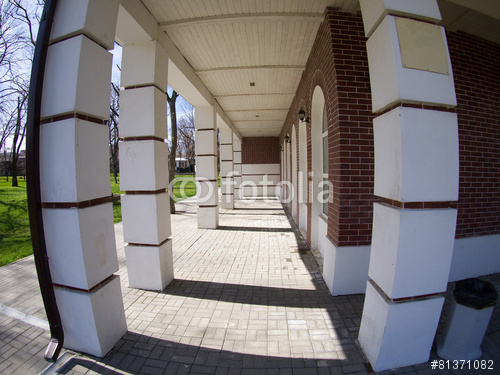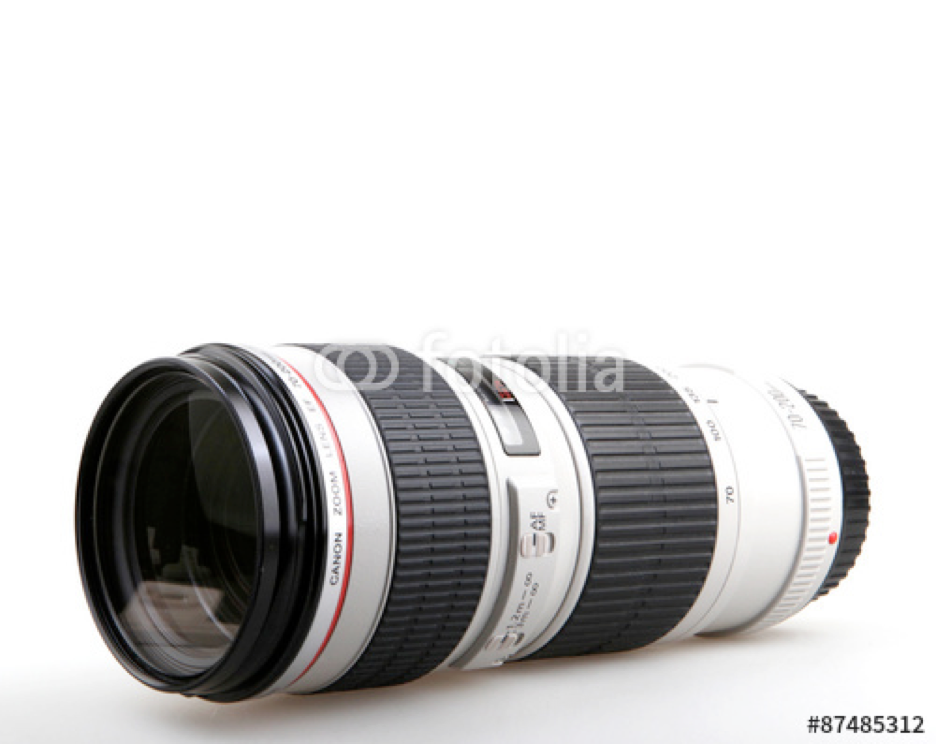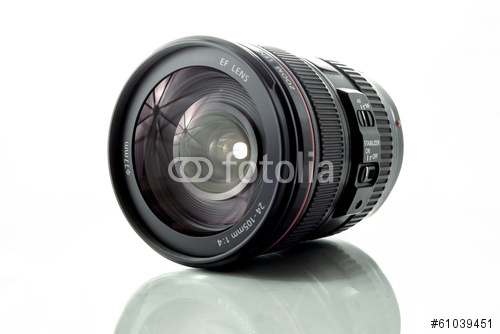7 reasons why you should post-process your photographs
/Post-processing is the final step between when an image is envisioned and till it comes alive. Pro photographers and serious hobbyists alike run their photos through this stage before sharing the final outcome. Why? because even the most skilled photographers cannot overcome the limitations of the camera sensors such as large differences in exposures levels between skies and landscapes or lighting a subject that is backlit. Moreover, If everything seems to be perfect about your photo on first look, a closer look may reveal imperfections. Issues such as noise, purple fringing, crooked horizon line, distortion and vignetting are commonplace and need to be ironed out before revealing the final result.
Further, every image should be subtly post-processed so that you can apply the effects that truly brings out your vision. In this article I shall be looking at some simpler aspects that usually ruin an otherwise good photo and how to correct those issues in post-processing.
1. Crooked images
Crooked images are not that easy to spot, at least not to the untrained eyes. The horizon line however is a good indication whether your images are crooked. However, what if your images don’t have an easy way to spot the horizon line? What if the composition is of a flower or a portrait or even a plate of food? Look for anything in your image that can be used as a straight line and then orient the image using it as a guide. In Lightroom it is easy to do.
2. Convert an image to black & white
Two habits I’ve trained myself to adopt when I’m about to snap photos is to set my camera to shoot in RAW and my picture profile to neutral. The neutral mode allows me the greatest flexibility to work with color tone, contrast, sharpness and other refinements while post-processing instead of letting the camera’s processor make the call on my behalf. Another reason I use these settings is so that I can post-process in black & white whenever required. Even if I don’t eventually give the image a black & white treatment, it is always a good reference point to see if my image has what I refer to as ‘compositional value’ and can hold its own without colors. Believe it or not colors can sometimes suppress a poor composition. Great photographers often shoot and process in black & white to emphasize on composition and subject.
3. Spots on your image
Spots in your images can happen because of a number of reasons. Primary among them are dust on the sensor and dirt on you lenses. Dust particles on your sensor can be easily removed if you use the self-cleaning feature of your camera. Make sure the camera is fully charged when you do this. The mirror flips away and the camera gently shakes the sensor to clean it. Attempting to manually clean the sensor is only advisable if you are absolutely sure what you are doing. It takes extremely agile fingers. Lenses can be easily cleaned with micro-fiber cloth and special lens cleaning fluids. If you forgot cleaning your camera sensor and now stuck with spots in your images, don’t worry. Photoshop and Lightroom has spot removal tools that can take care of almost anything.
4. Chromatic aberrations
Also known as purple fringing, and usually appearing on the edge of your subjects. It’s noticeable when you zoom in to your photo or when you print. These chromatic aberrations happen when the different wave lengths of light are not perfectly focused on the same image plane. This is a lens issue. Cheaper lenses tend to suffer relatively more from chromatic aberrations. There are some ways to counter this in camera but the easiest method is to do so in Adobe Lightroom. Simply check ‘Remove Chromatic Aberrations’ and you are good to go.
5. Barrel Distortion
Wide angle lenses tend to suffer more from this type of distortion due to their inherent built characteristics. Telephoto lenses suffer from what is known as pincushion distortion, which is the opposite effect of wide angle and lines tend to be distorted toward the inside of an image. Barrel Distortion is named as such to signify the effect that this distortion has on images (as is evident from the above image). The simplest way to correct this with one simple click on ‘Enable Profile Correction’ in Lightroom.
6. Remove elements from your image
How many times you have taken a beautiful image and only later to find out at the corner there is an element that sticks out like a sore thumb? A beautiful landscape image with a telephone post at a corner, a lovely fireworks image that caught the camera flash by another photographer, or a breathtaking waterfall with an ugly looking signboard peeking from the corner? Don’t worry, Photoshop has some of the best tools in the business to take care of all these? The best thing is all these tools are now available in content-aware mode and can be automatically removed.
7. Final Word of Advice
Once you have finished editing your image (or a batch of images), step back and review it in full-screen mode. Turning off the room lights and leaning back is a good idea. Without the mouse and keyboard in your reach, think about the image critically. Sometimes even walk away and let the image lie there for some time before returning for a fresh approach.
Whether you are a beginner or a professional, after putting effort into post-processing, you tend to think that you have done enough to make the image ready. You focus on certain areas too much, and your mind forgets to tell you that you need to look in other areas to see if the image is balanced and harmonious. So, take your time and allow the image to fully absorb without patience in the post-processing phase. A lovely image can be converted into a magical one by proper processing.
If you enjoyed reading this article and would like to know more about another photography theme, please feel free to let us know here >
Alternatively, you may subscribe to my newsletter for receiving weekly news from the blog in addition to keeping you updated with my courses' availability.






















